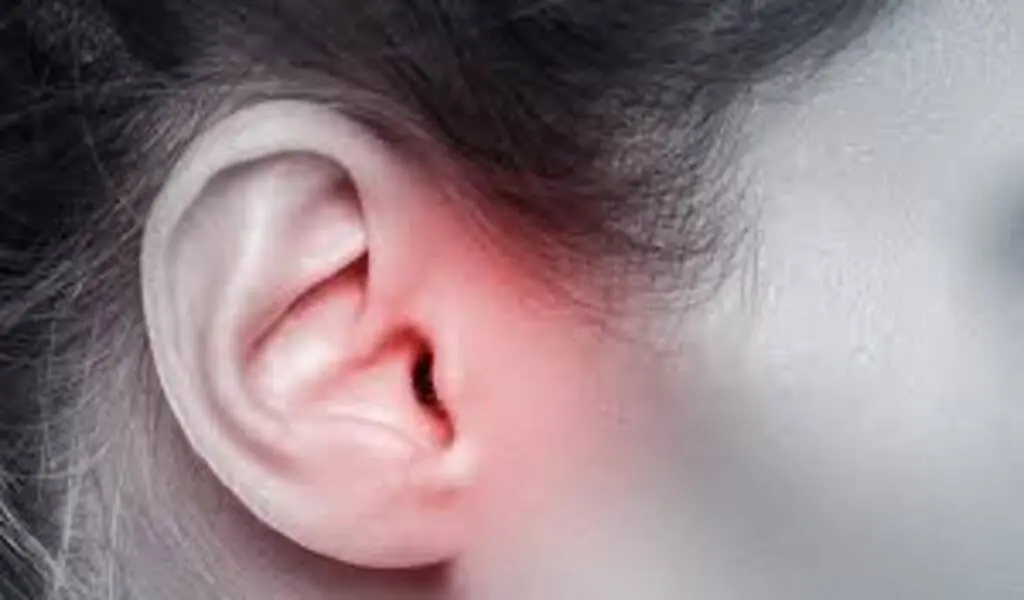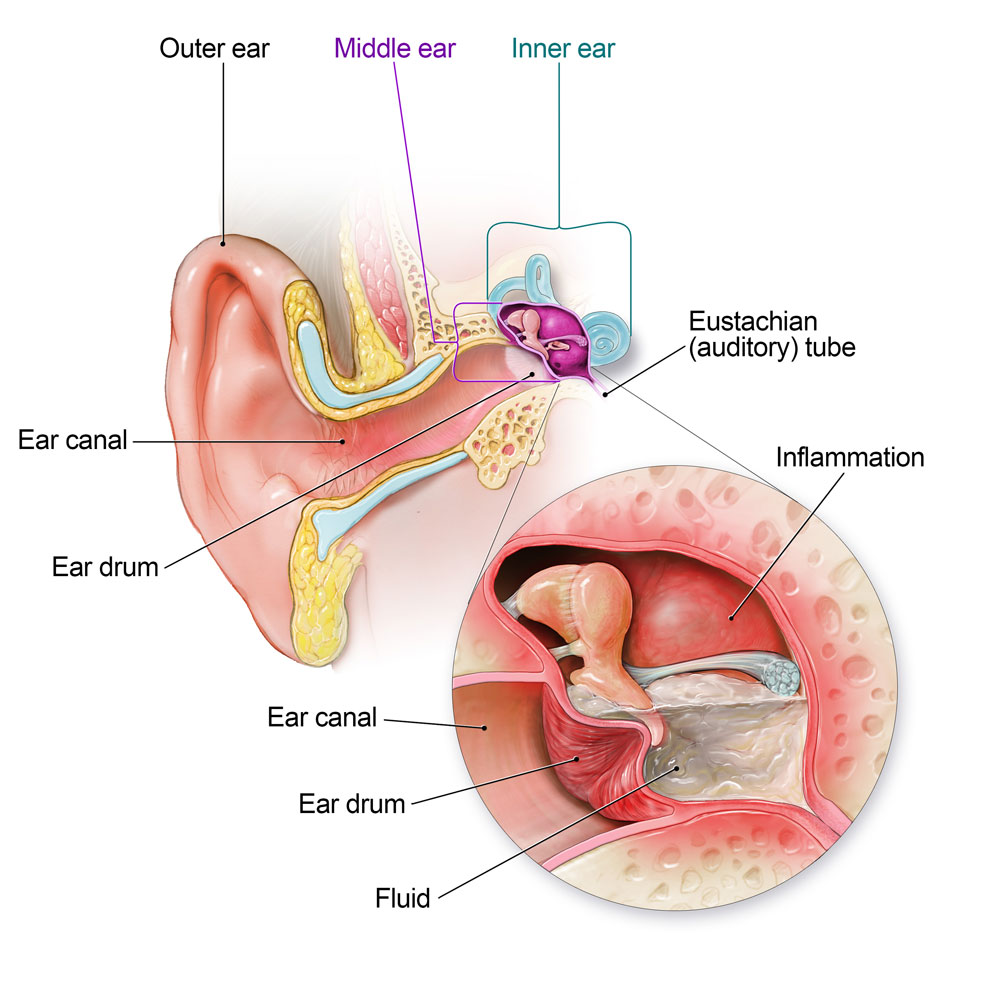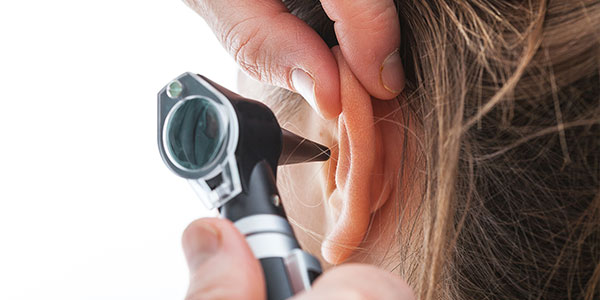Health
Symptoms and Treatment of Ear Infection in 2023

Some ear infection are excruciatingly painful, while others go unnoticed (but still cause complications in the long run). It’s critical to recognize the symptoms of an ear infection and the signs that it’s time to see an ENT doctor for treatment. Here’s everything you need to know about ear infections.
Different Types of Ear Infection
The ear is divided into three sections: the middle, outer, and inner ear. Although ear infections can occur in any of these three areas, middle ear infections are the most common.
While viruses cause the majority of ear infections, bacteria and fungi can also cause ear infections. By the age of three, the majority of children will have an ear infection.
What causes ear infections?
A middle ear infection is the most common childhood illness, particularly among children aged three months to three years.
Ear infections are commonly caused by bacteria and viruses and frequently occur after a cold or other respiratory infection.
The bacteria or virus enters the middle ear through the eustachian tube, which connects the middle ear to the back of the throat, clogging it.
Because there is no easy way out, fluid accumulates in the middle ear. The trapped fluid may become infected and painful.
Children are more susceptible to ear infections than adults because their eustachian tubes are shorter and slope less. This makes them more prone to clogging and more difficult to drain.
Other conditions can also have an impact on the ears. Otitis media with effusion is a condition in which fluid accumulates in the middle ear but does not become infected or cause pain.
However, it has the potential to cause hearing problems. Otitis externa, also known as swimmer’s ear, is an infection of the outer ear canal.
What are the signs of an ear infection?
Typical ear infection symptoms in children include:
- Ear pain, particularly when lying down
- Fever Fussiness, irritability, or excessive crying
- rubbing or yanking on an ear
- Sleeping difficulties
- Loss of appetite due to pain or discomfort when swallowing
- Hearing or responding to sounds is difficult.
- Headache
- Loss of equilibrium
- Fluid drainage from the ear
Adults with ear infections may exhibit the following symptoms:
- Ear ache
- Trouble hearing due to ear fluid drainage
Serious complications of ear infections
Ear infections progress in a variety of ways, and the frequency of these infections can lead to long-term complications. Although they are still uncommon, the following are some of the more common complications associated with middle ear infections.
Perforation of the eardrum
During ear infections, small holes in the eardrum are not uncommon. The tiny hole heals without harm after a single infection has cleared. However, when a child has recurring infections, the ear does not have enough time to recover.
Holes may not reseal and grow in size with each subsequent infection. The hearing could be permanently harmed because the eardrum is the first stage of the hearing process.
Hearing loss in the middle ear
Temporary hearing loss is a common symptom of a single ear infection that usually resolves when the infection clears.
Recurrent infections, like eardrum perforations, disrupt the normal healing cycle. This can cause scar tissue to form, interfering with sound reaching the auditory nerve.
The physical motion of the bones of the middle ear is restricted in conductive hearing loss. Surgery may be able to repair the damage in some cases, but this is not an option for everyone.
Cholesteatoma
Recurrent ear infections can cause a cholesteatoma, a mass of skin cells in the middle ear that, if left untreated, can damage many of the structures within the ear.
The bones of the hearing mechanism, as well as the bone between the ear and the brain, can erode. The auditory nerve, as well as the nerves that control facial movements, may be damaged.
Mastoiditis
The mastoid, a porous bone that aids in fluid drainage in the ear, can become infected and inflamed.
Swelling of the mastoid bone is an emergency that requires immediate attention, which may include intravenous antibiotics, an emergency ear drain, or surgery to remove infected bone tissue.
Chronic mastoiditis can cause bone damage and infection spread, resulting in brain abscesses or meningitis.
Regardless of how common they are, no ear infection should be taken lightly, especially if it is recurring. To find out the status of your child’s ear infection, contact Southern ENT or make an appointment through our website.
 How Is an Ear Infection Treated?
How Is an Ear Infection Treated?
If you have a bacterial or fungal infection, antibiotics or antifungals will be prescribed to treat it. These infections will not go away on their own. The body will fight viral ear infections; however, we can still provide you with ways to relieve pain and manage symptoms until the infection resolves.
Amoxicillin is the most commonly prescribed antibiotic for ear infections. If amoxicillin is not an option, other antibiotics may be prescribed. Click here to buy Amoxicillin.
If you have a severe earache or your child has multiple ear infections per year, it’s time to see an ENT doctor who can provide you with the specialized, custom treatment you require.
How can I treat an ear infection at home?
If the symptoms are mild, there are some simple home remedies that can help relieve ear pain.
Use either hot or cold compresses. Test both to see which works best. Soak a washcloth in warm or cool water, wring it out, and place it over the painful ear. If you use an ice pack, wrap it in a towel before placing it next to your skin. If you use a heating pad, set it to warm rather than hot.
Use over-the-counter pain relievers. Acetaminophen (Tylenol), ibuprofen (Advil), or naproxen can help relieve earache pain (Aleve).
Raise your sleeping position. Rest or sleep propped up on pillows if it feels better to encourage fluid to drain from the ear.
Over-the-counter ear drops containing pain relievers may provide temporary relief, but it’s best to consult a doctor before using them.
The same can be said for garlic, tea tree, and olive oil. Drops of any kind should never be used if an eardrum is torn or has a hole in it.
Related CTN News:
FDA Advisors To Support COVID-19 Vaccination Plan
Cough Syrup Deaths Prompt WHO To Call For ‘Immediate Action’
Pfizer Bivalent COVID Shot May be Linked to Stroke, Says CDC




 How Is an Ear Infection Treated?
How Is an Ear Infection Treated?



























